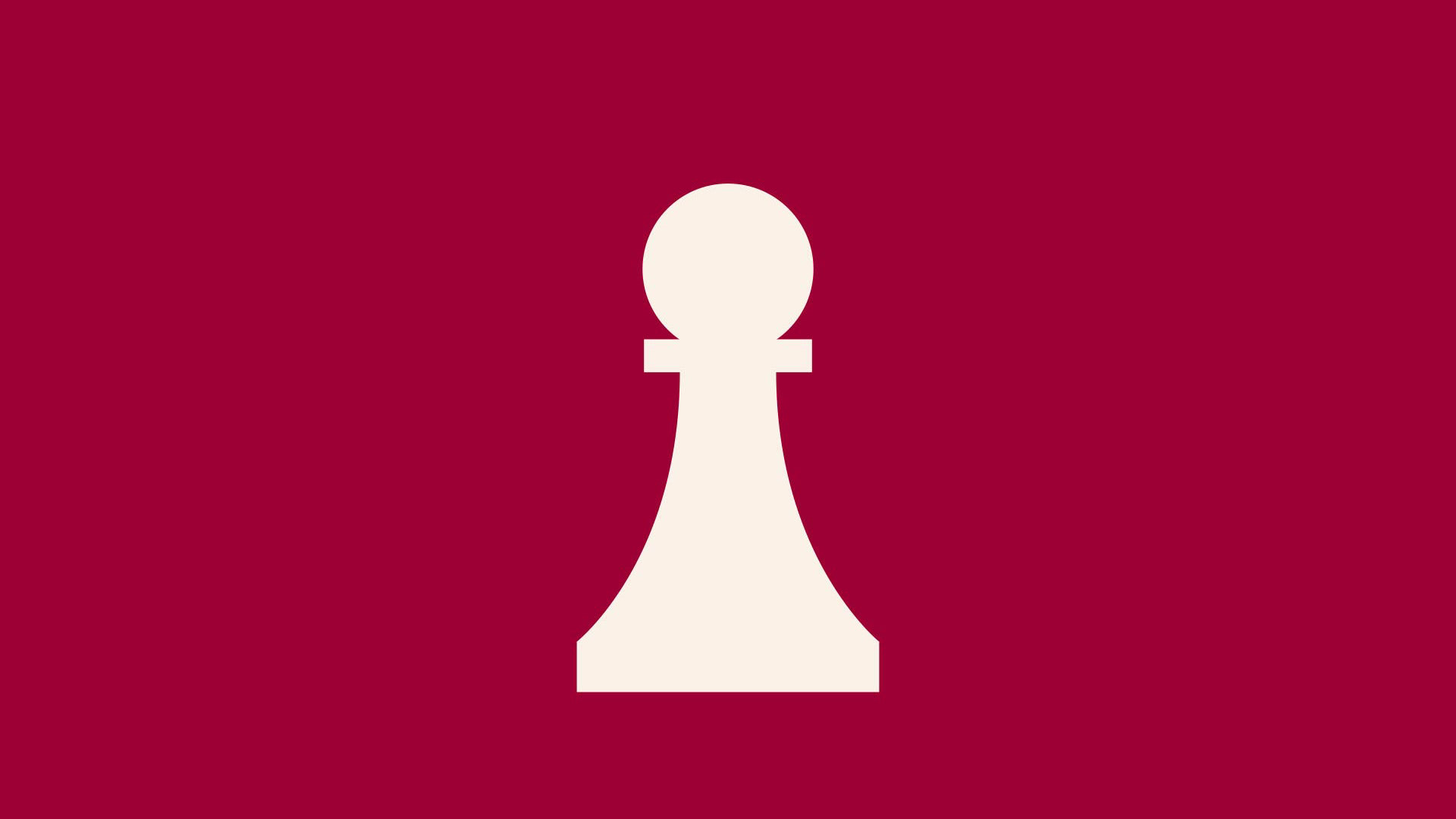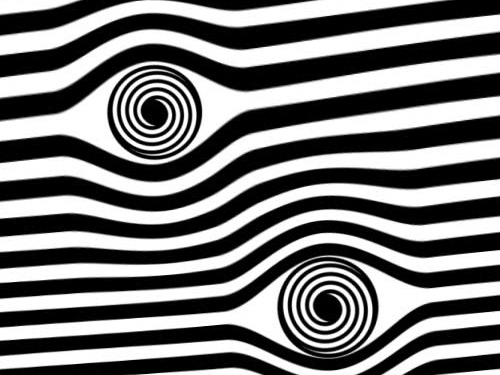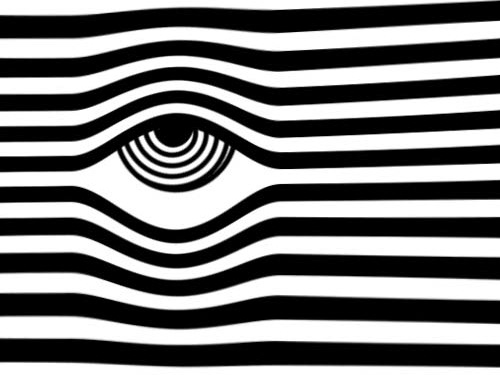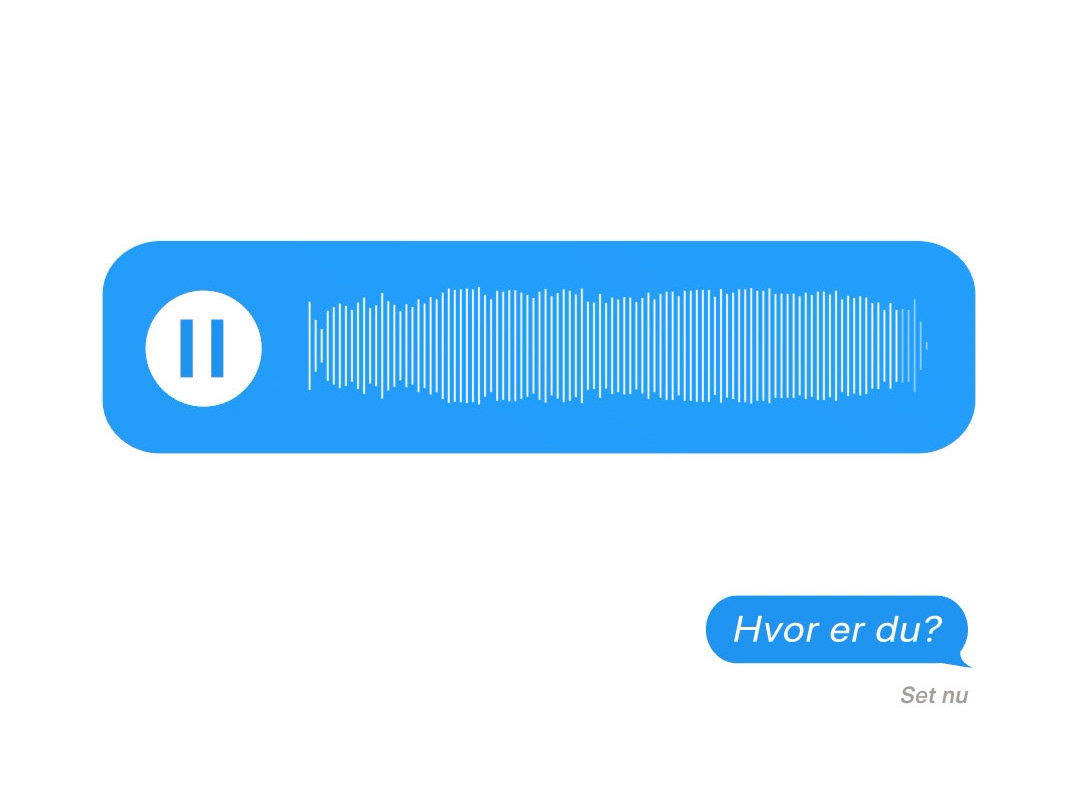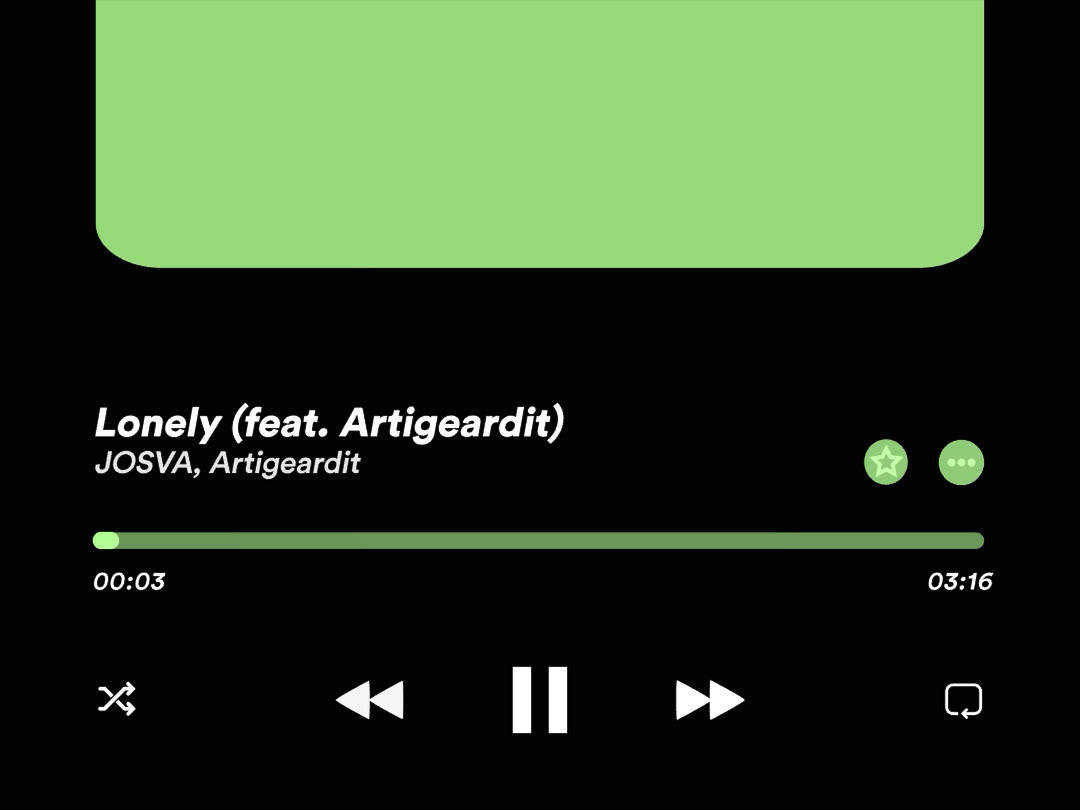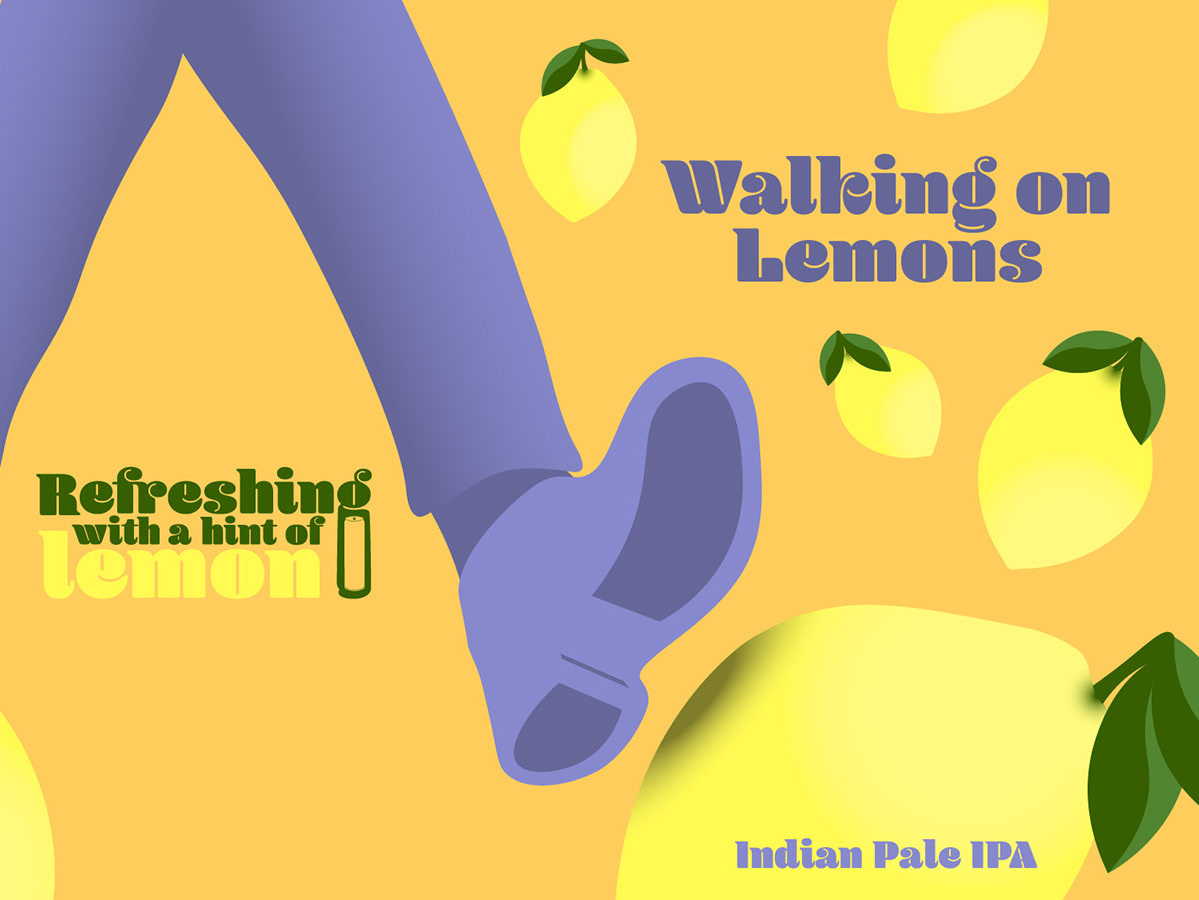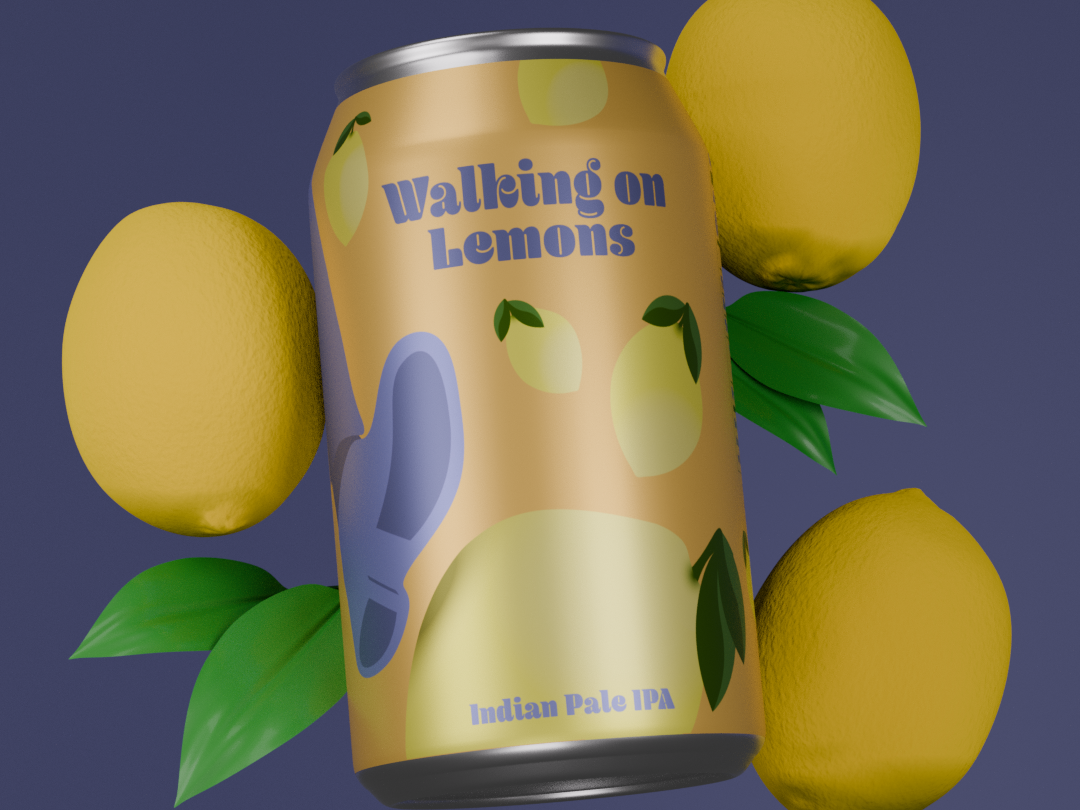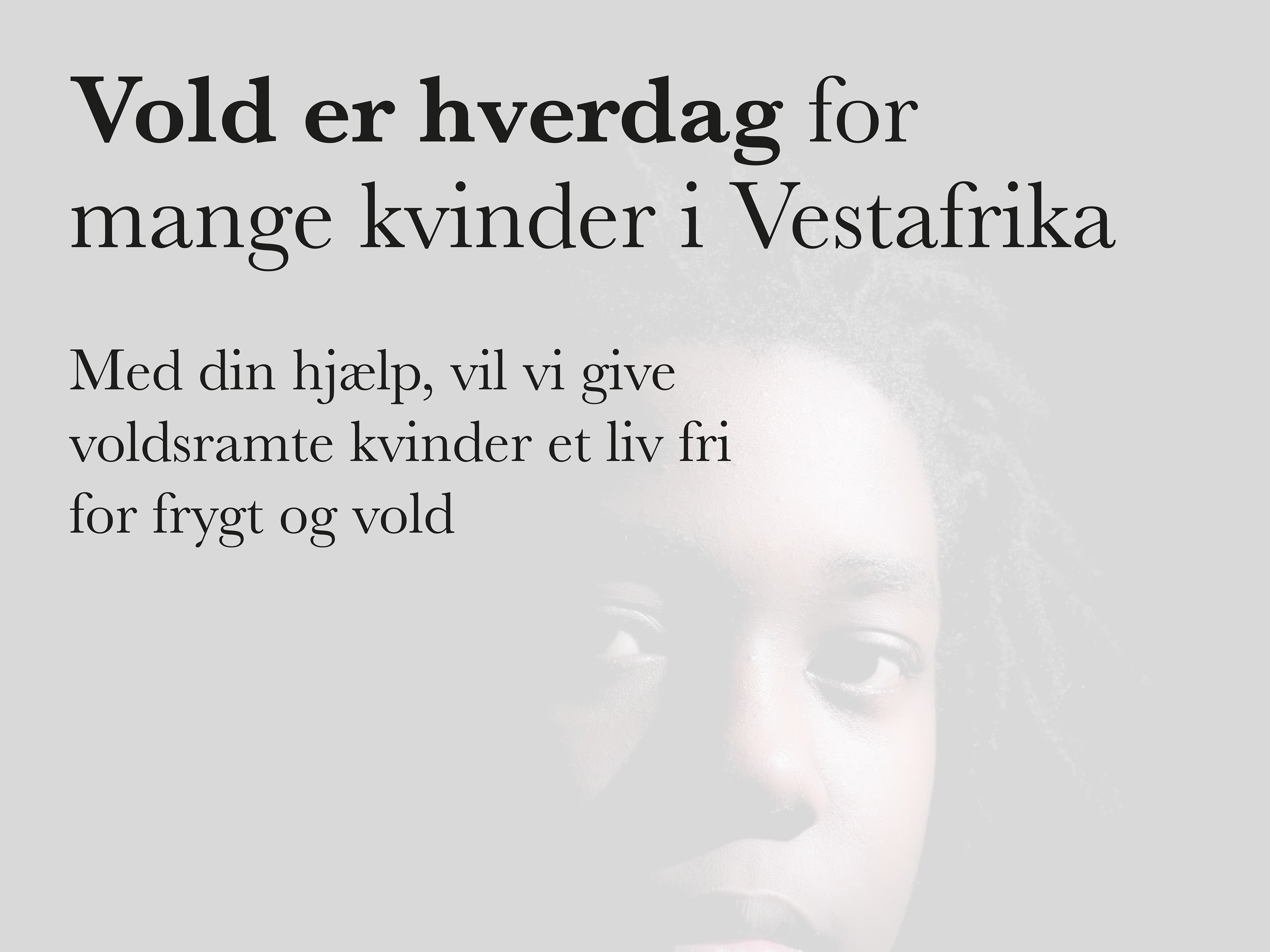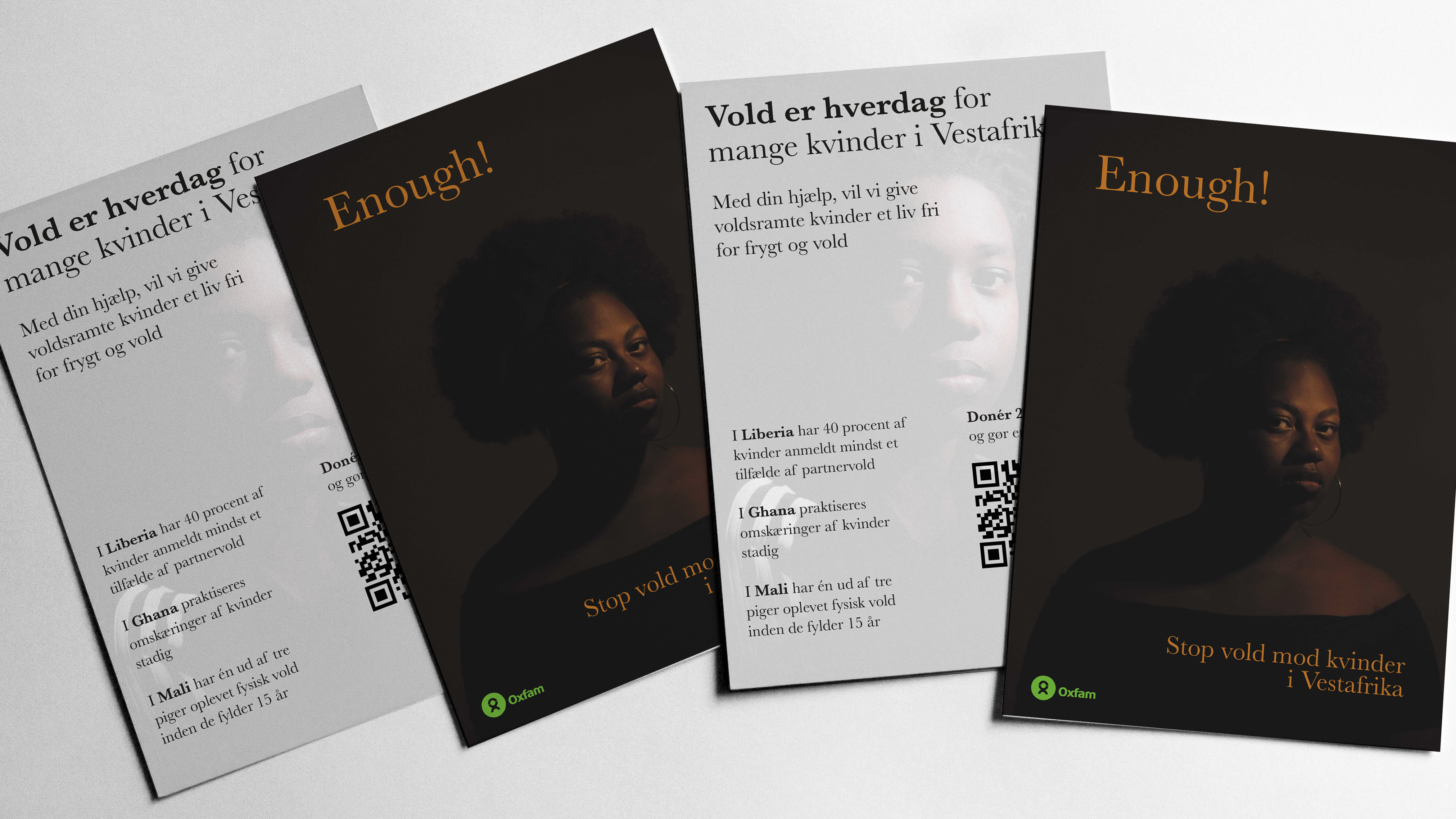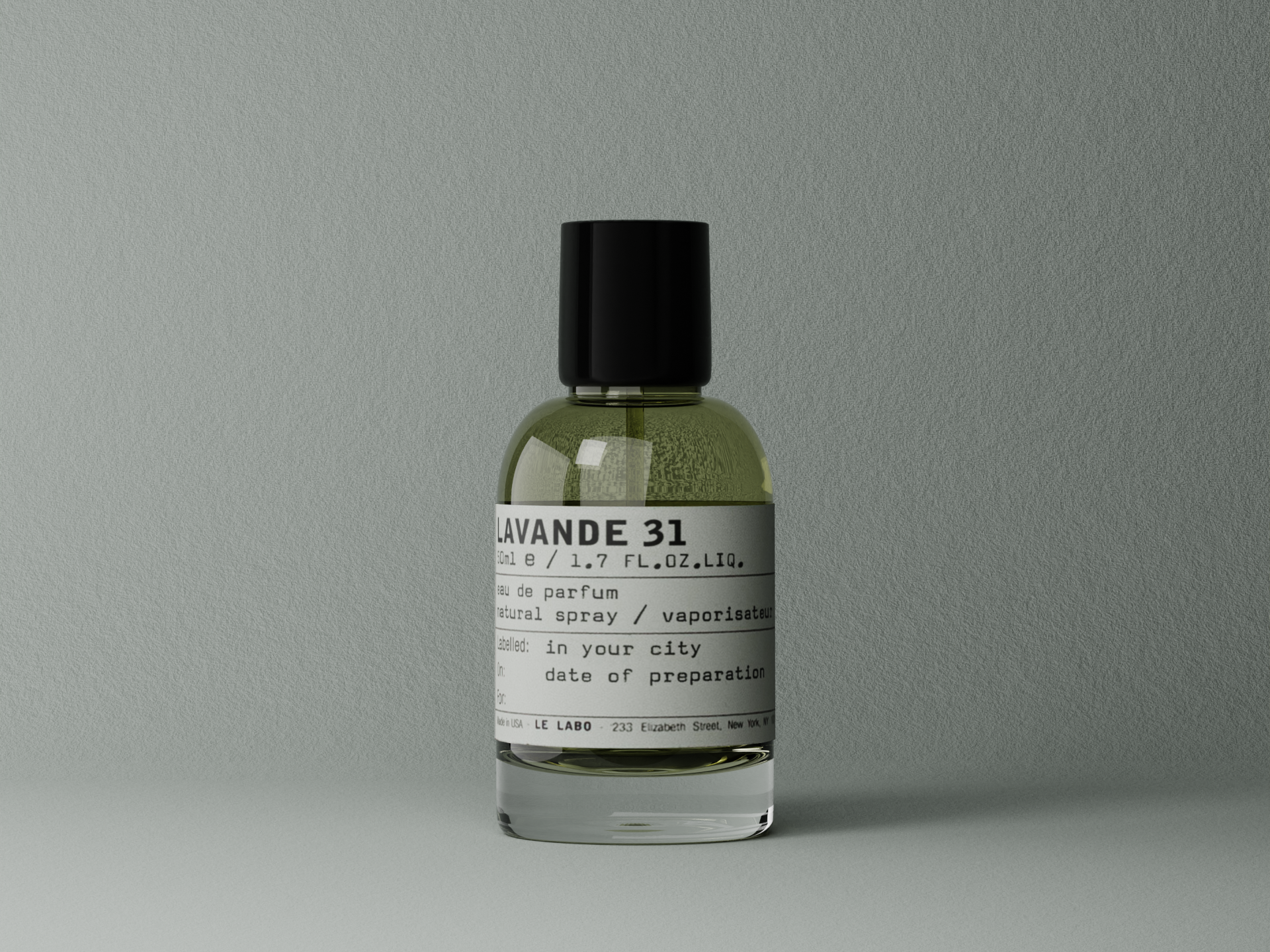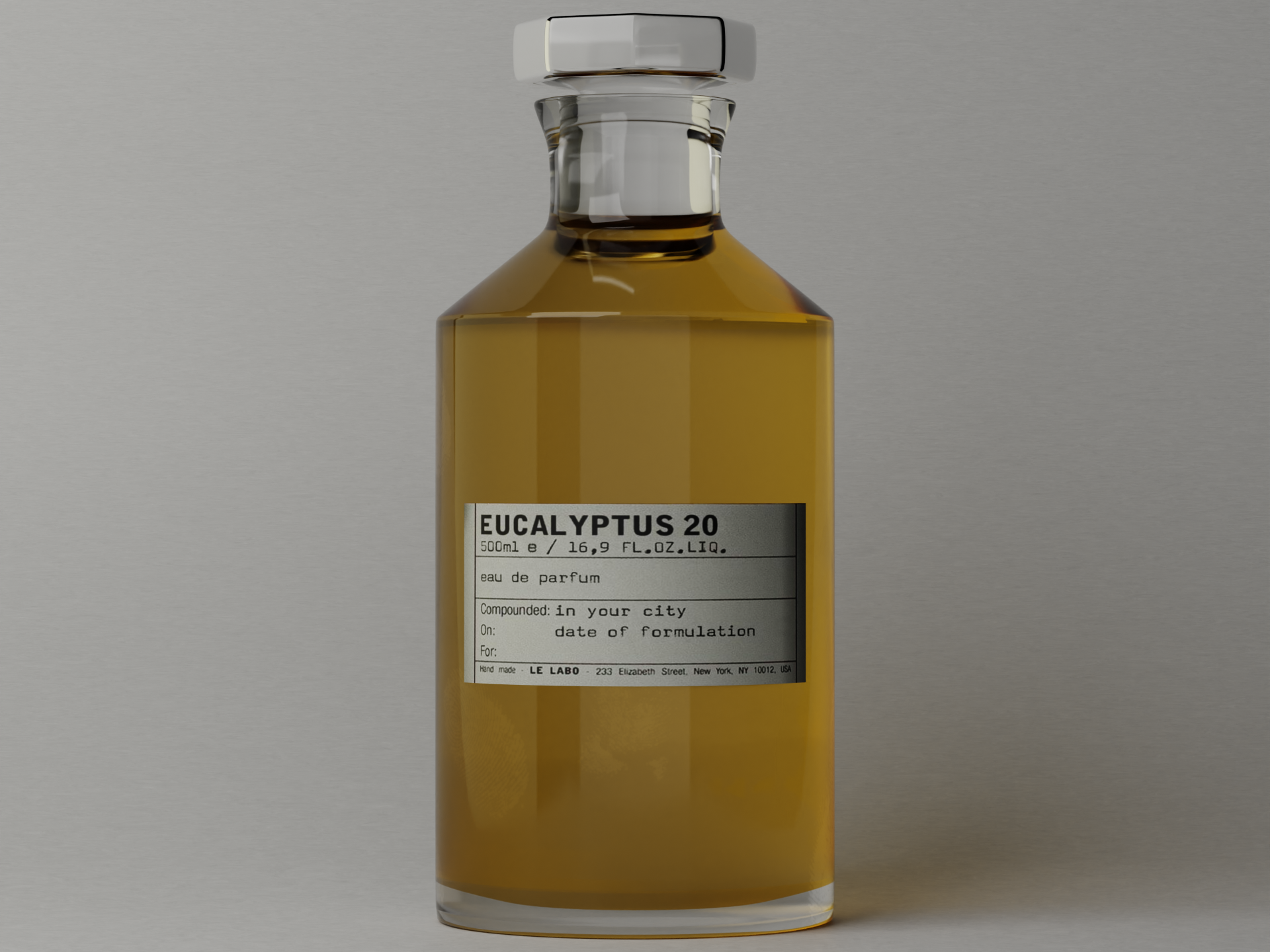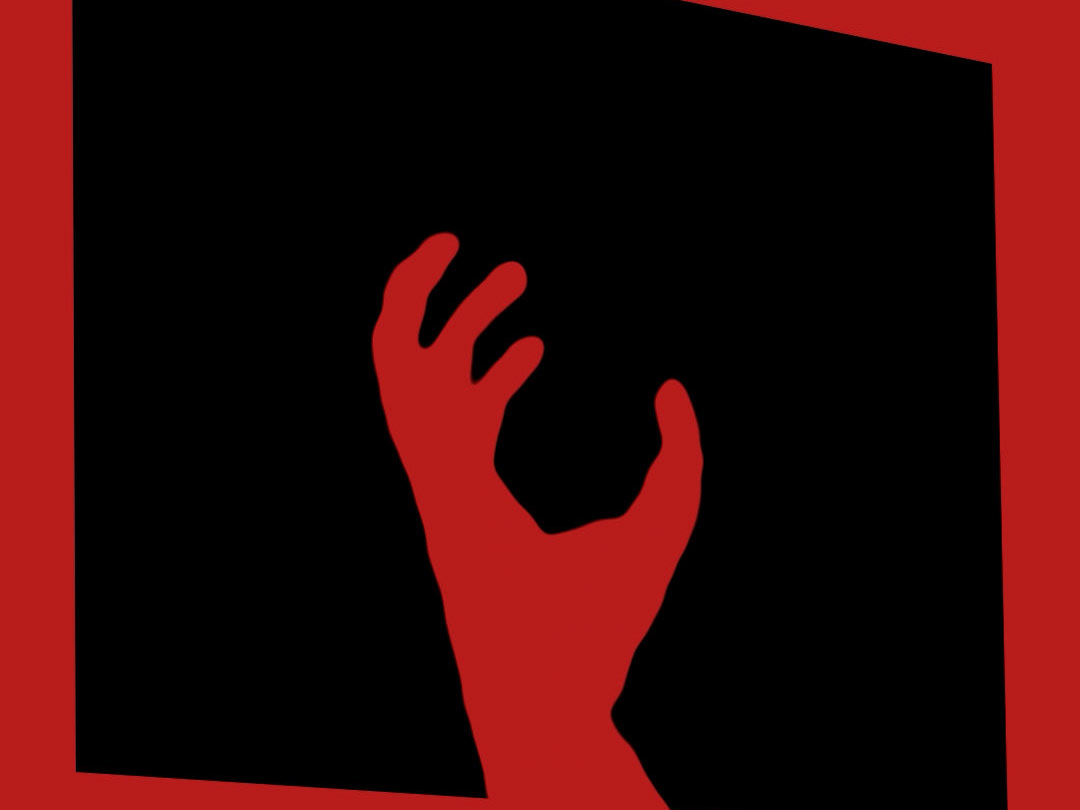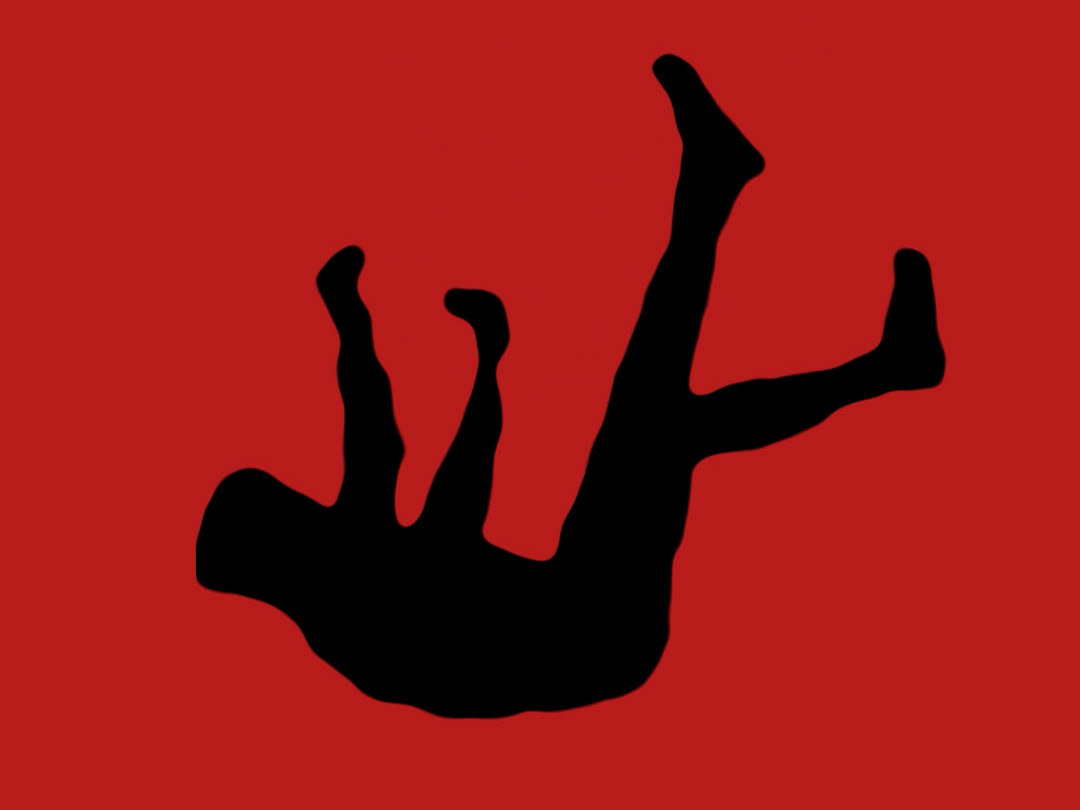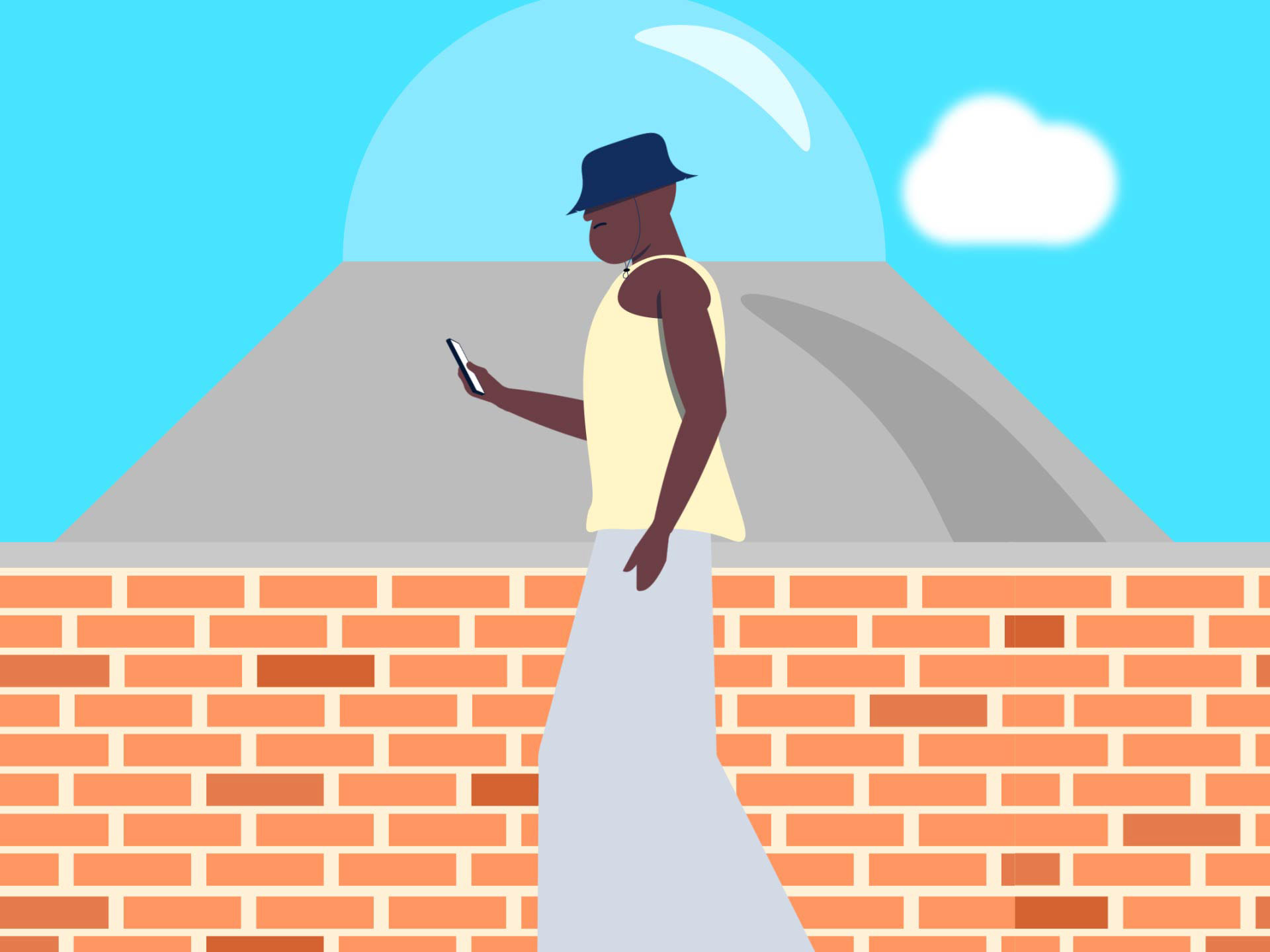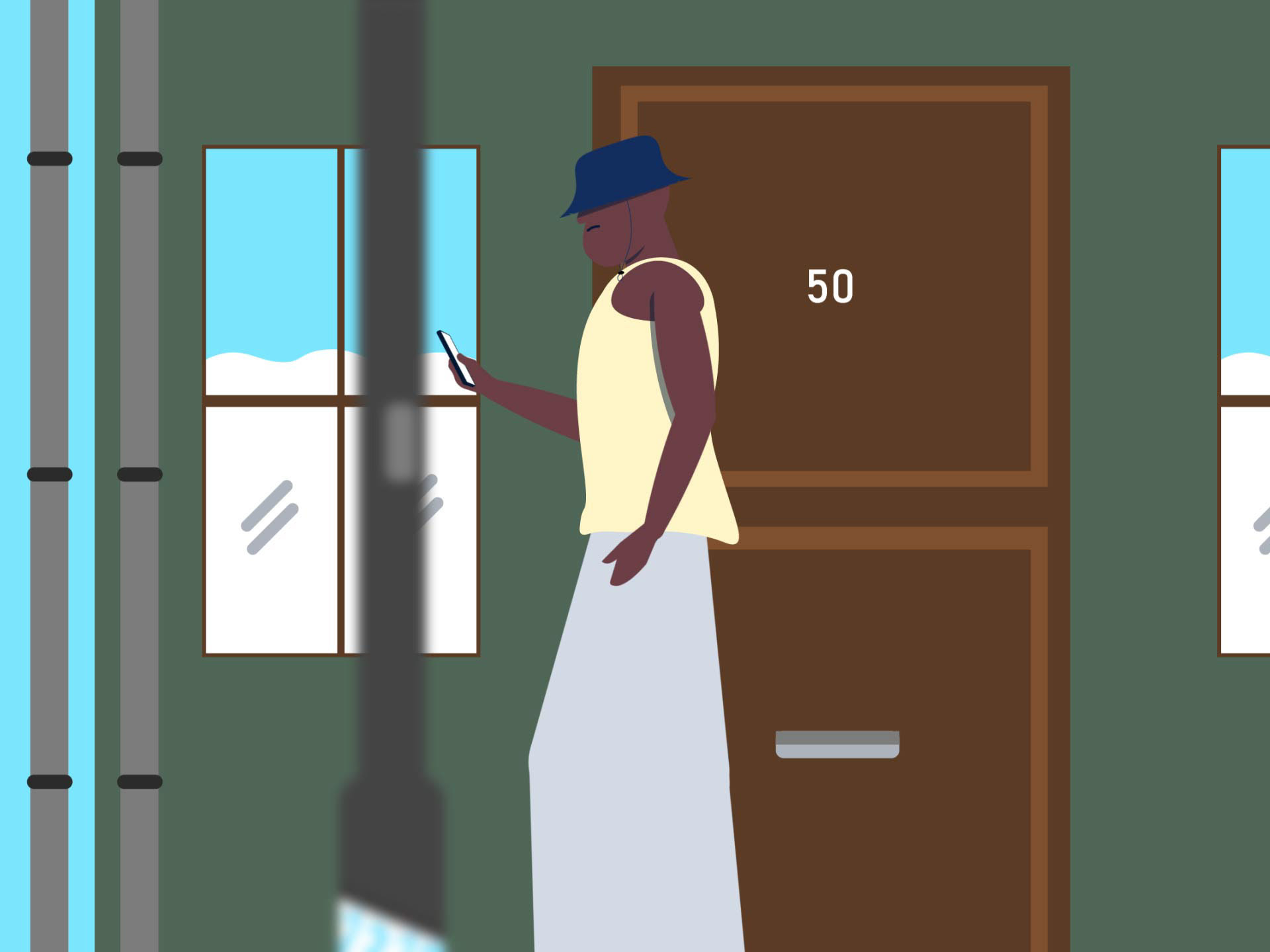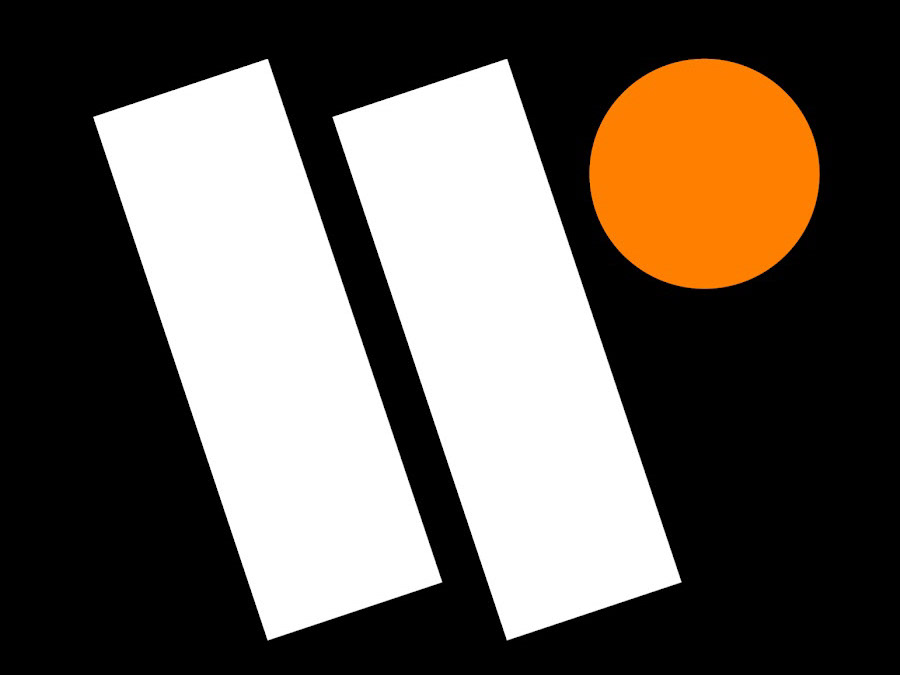Folk Kombucha
Problem
Product images naturally play a central role in showing customers exactly what they’re getting. However, photographing the products often takes time — especially when a new flavor, label, or color combination is launched. Many factors come into play during the process: camera, lighting, angle, background, composition, and not least, post-production editing.
Proposal and Implementation
This proposal is rooted in that very line of thinking. I would therefore like to present an alternative that can make the process more flexible. The image on the right is a 3D rendering of one of your products. The model was created in just one day and can be reused and adjusted as needed. This makes it possible to quickly change the label, colors, and other details, while maintaining full control over lighting, composition, angle, background, and overall expression.
In addition to producing still images, like the example on the right, the same method can also be used to create short 3D animation videos — the possibilities are endless.
The Use of 3D Product Visualization
Using 3D product visualization can also enhance the consumer’s experience of a brand — partly because it allows highlighting of small but important details, such as ingredients or textures, in a visually engaging way. On social media, 3D content is becoming increasingly popular. Consumers often find it more eye-catching and stimulating than traditional 2D animations or still images.
On platforms like Instagram, this can lead to greater brand awareness and higher engagement. In fact, studies show that customers are up to 44% more likely to purchase a product when it’s presented with 3D imagery. By implementing 3D content on social media, I would expect your engagement to rise — and it also suggests that integrating 3D on your website could help boost online sales.
In continuation, I have produced a 2D animation video to encourage customers to reuse the bottles instead of throwing them away..
